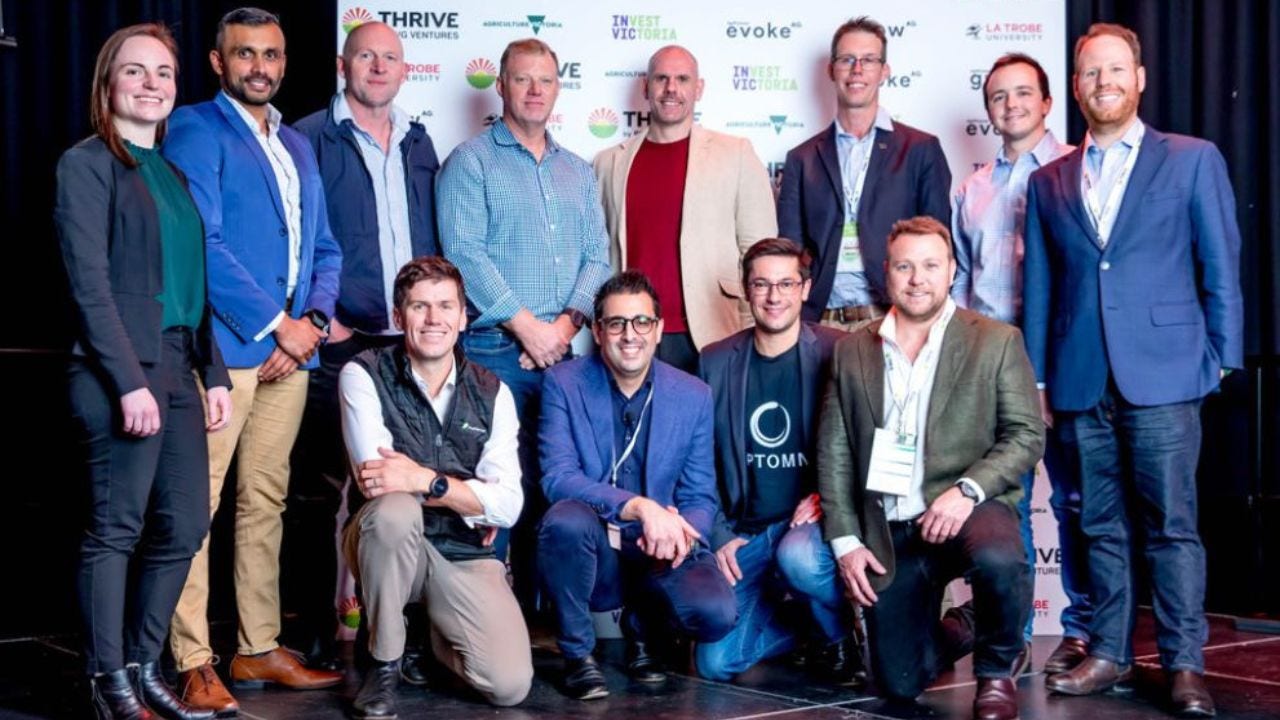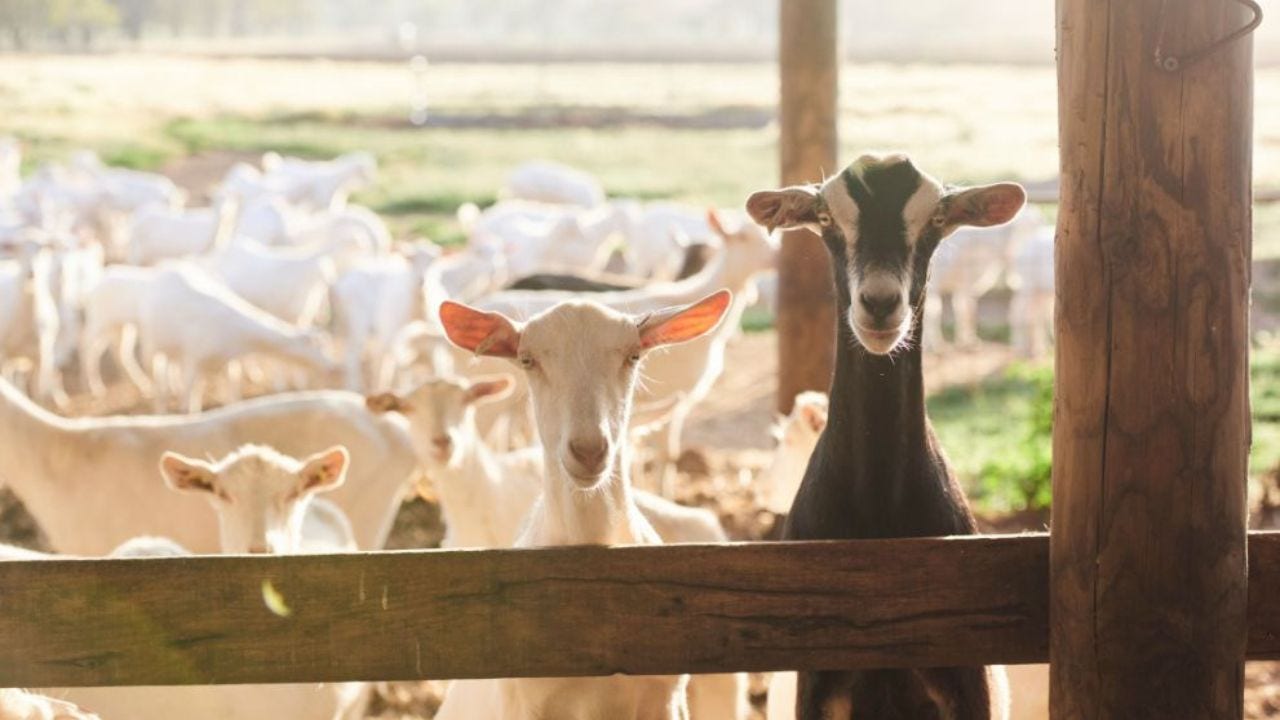Investors partner with all types of farms, startups, scaleups and enterprises. With a culture of easy interactions between industry and science, Australia has a rich pool of accelerators, incubators and industry groups. Australia conducts trials and technology testing, and promotes:
- a thriving network of research institutions dedicated to agritech
- over 20 concentrated agrifood tech hubs
- an early-adopter farming culture that spans cool climate to tropical agriculture
- government support, including R&D tax concessions
- innovators in crop and animal biotechnology — including in genetics, microbiomes, breeding and animal health.
The Commonwealth Scientific and Industrial Research Organisation (CSIRO) has published a Protein Roadmap. It identifies opportunities for investors in alternative proteins.



